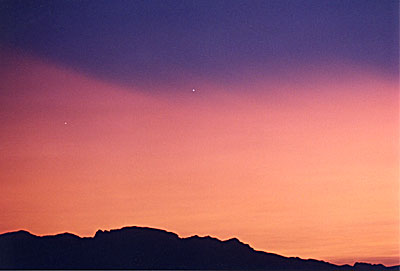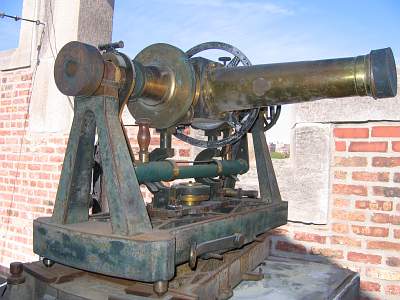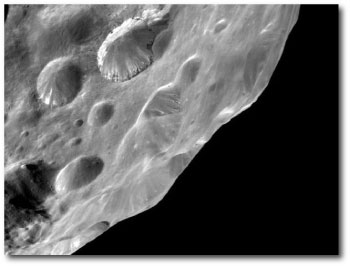
I have never seen a noctilucent cloud.
I've been far enough north before, roughly the arctic circle, but I
was up there in September and the clouds are entirely summer events, lit up by sunlight streaming over the pole.
I believe though, that I've seen what they would look like. In late
June of 1991 I was living in Las Vegas with my parents (that's what being in high school will do for you) and was in complete harmony with celestial cycles. Sunrise, sunset, moon phases, etc. There is room for another post in that, but the point I am trying to make was that I was very sensitive to the timing of the sunset and the fading of the daylight.
Mount Pinatubo in the Phillipines blew itself apart in one of the largest eruptions of the 20th century on June 15th. The explosion sent cubic kilometers of material high into the atmosphere, breaking into the stratosphere. Once material is in the stratosphere, the only way of removing it is by gravity or ultraviolet light destruction. Small particles fall really slowly, yah? I didn't think an explosion located literally on the other side of the globe would be so evident.
The sun had just set and I was in my bedroom reading with the fading twilight that was still coming through the windows. After about fifteen minutes, I noticed that instead of getting darker, it had suddenly brightened outside. I went out and was shocked to see a broad glowing cirrus cloud covering the western horizon up to about thirty degrees above the Spring Mountains. The cloud was glowing eerie white-yellow against the deepening blue. I was shocked enough to get my father and showed him
the cloud. It was like a spiderweb of cirrus. The color deepened into fluorescent pink and then faded away nearly an hour after sunset. For a few weeks details in the cloud could still be seen--although it spread and faded away. The nights were not as clear for a year afterward, as the ash slowly fell out of the stratosphere.
The Cocteau Twins "Heaven or Las Vegas" album art reminds me of this period and of the glowing cloud in the west that night.
P.S. This entry was originally written two years ago. I finally found an image I took of it and Venus.


